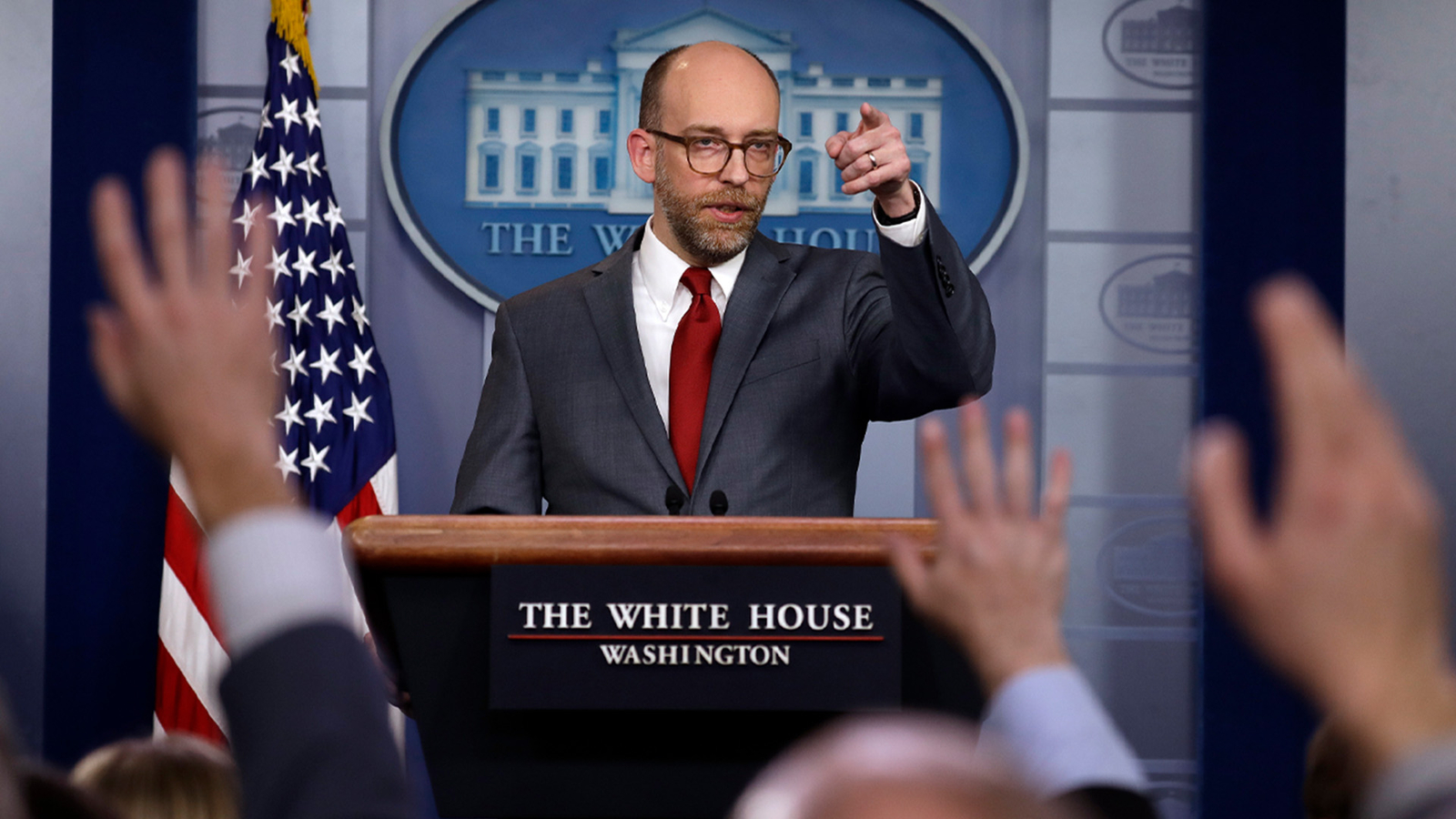Consumer Watchdog Halted: Trump Administration Pulls the Plug on Financial Oversight

The Consumer Financial Protection Bureau (CFPB) has long been a lightning rod for conservative criticism, tracing back to its controversial inception during President Barack Obama's administration. Established in the wake of the devastating 2007-2008 financial crisis, the agency emerged as a key component of comprehensive financial reform legislation in 2010. Conservatives have consistently challenged the bureau's scope and authority, viewing it as an overreach of government regulation in the financial sector.

